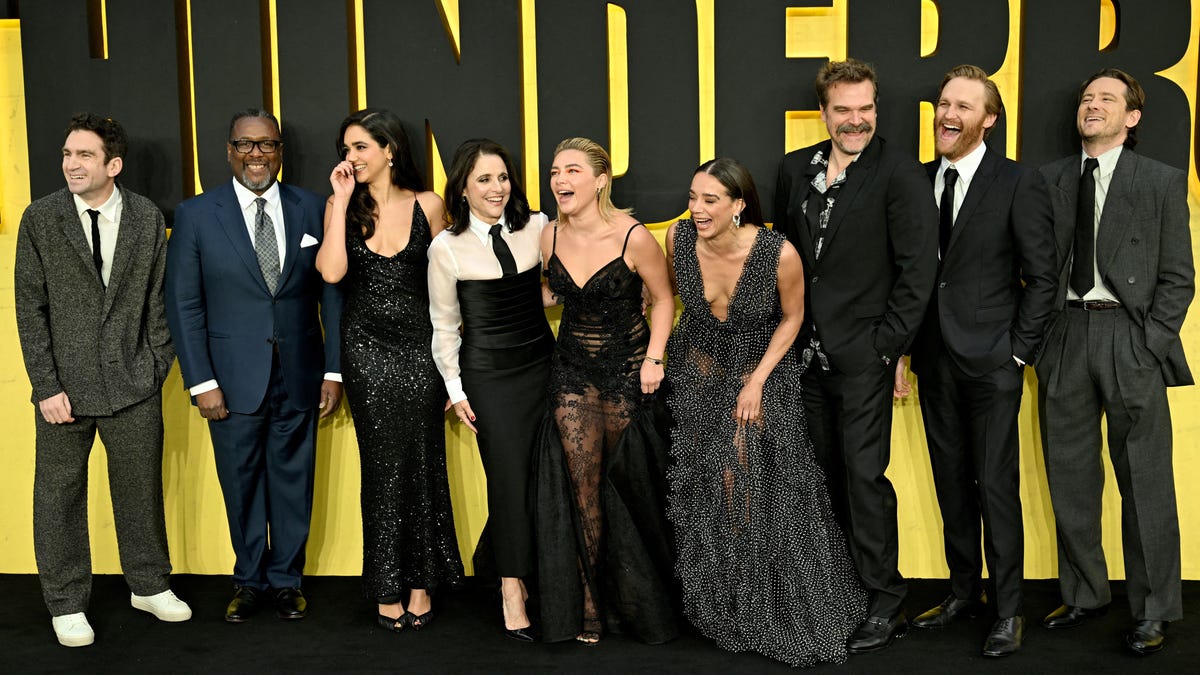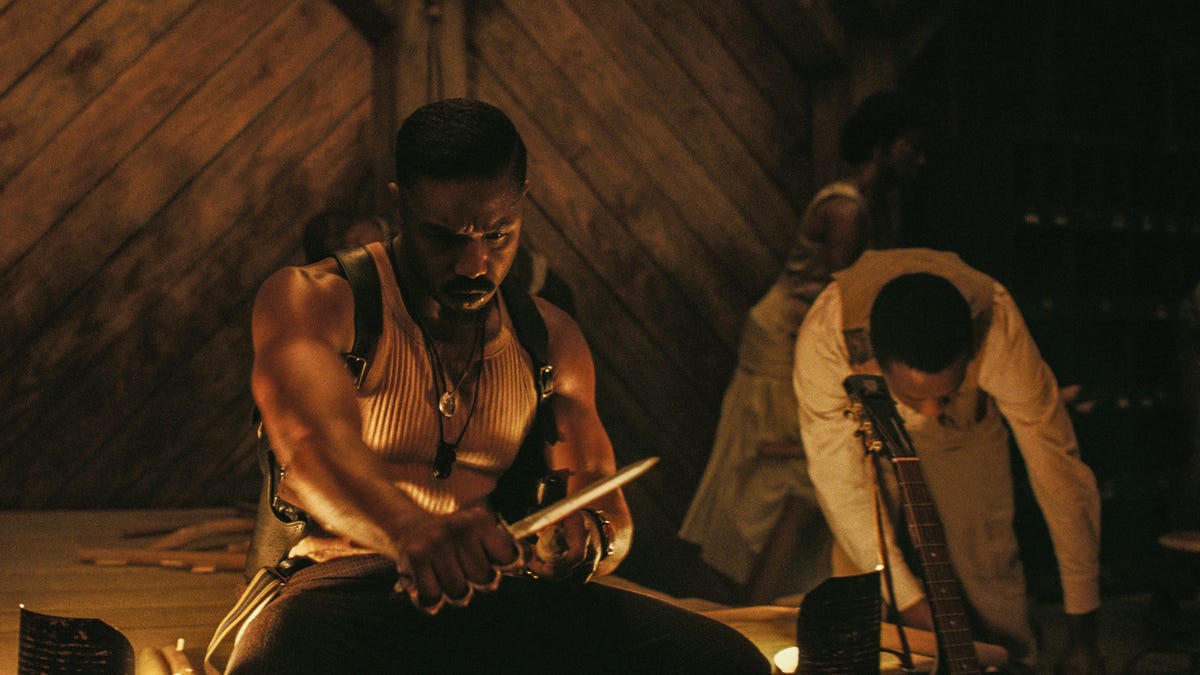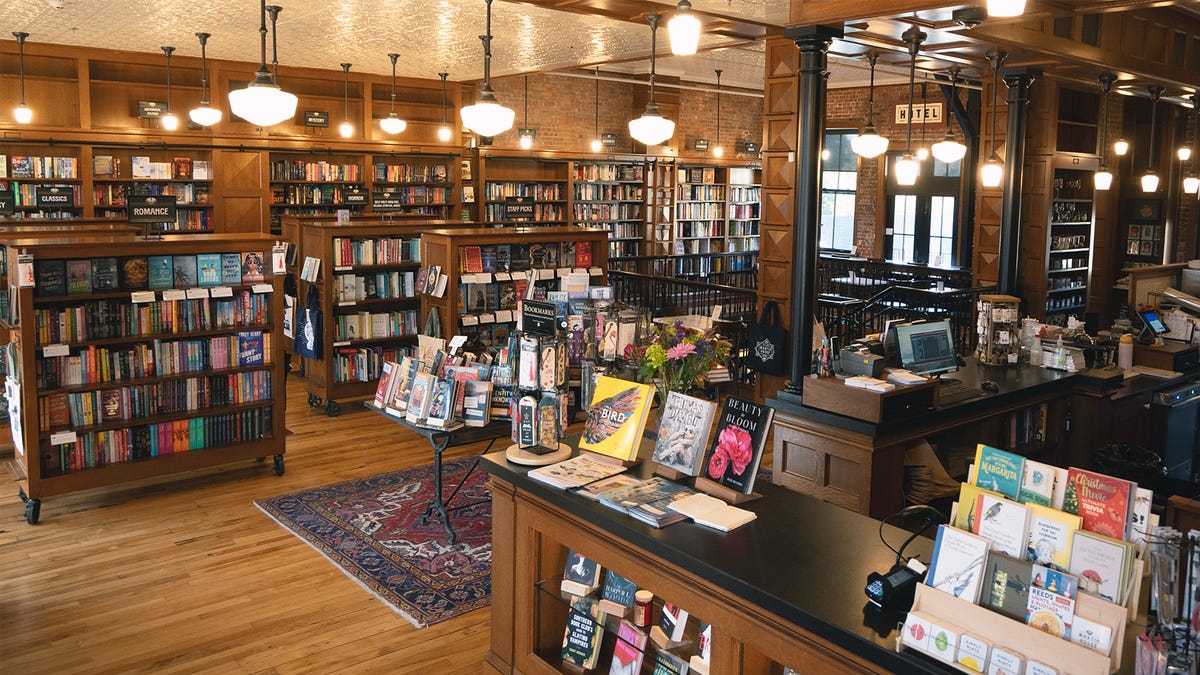‘Babygirl’ was released in theaters on Dec. 25, 2024.
Nicole Kidman’s erotic thriller “Babygirl,” a tantalizing ode to female desire and liberation, is dropping soon on Max.
The R-rated psychosexual drama follows a high-powered CEO named Romy (Nicole Kidman), who embarks on a torrid affair with her much younger intern, Samuel (Harris Dickinson) and features a smorgasbord of kinky foreplay. While the affair gives Romy a new sense of freedom, the secretive games and shifting power dynamics between them put her career and family at risk, according to the film’s synopsis.
“Babygirl” was released in theaters on Christmas and earned Kidman several awards, including the Volpi Cup for best actress at the Venice Film Festival, the international star award at the Palm Springs International Film Festival and a Golden Globe nomination.
Here’s how to watch “Babygirl” on streaming.
Join our Watch Party! Sign up to receive USA TODAY’s movie and TV recommendations right in your inbox
When will ‘Babygirl’ be available to stream?
“Babygirl” will be available to stream on Max, starting Friday, April 25 at 3 a.m. ET/midnight PT.
The film will also air on HBO on Saturday, April 26 at 8:00 p.m. ET/PT, according to Max.
Watch ‘Babygirl’ with Sling + Max
“Babygirl” is already available to buy and rent on digital platforms such as Amazon Prime Video, Apple TV, and Fandango at Home.
The movie was released in theaters on Dec. 25, 2024.
Need a break? Play the USA TODAY Daily Crossword Puzzle.
Where to watch ‘Babygirl’? Streaming platform, date
“Babygirl” will be available to stream on Max, starting Friday, April 25 at 3 a.m. ET/midnight PT.
Max subscription plans begin at $9.99 a month with ads, while ad-free subscriptions cost $16.99 a month.
The highest tier, which is $20.99 a month, includes the ability to stream on four devices and offers 4K Ultra HD video quality and 100 downloads. HBO also offers bundles with Hulu and Disney+.
Watch ‘Babygirl’ with Sling + Max
‘Babygirl’ cast
The cast of “Babygirl” includes:
- Nicole Kidman as Romy Mathis
- Harris Dickinson as Samuel
- Sophie Wilde as Esme Smith
- Antonio Banderas as Jacob Mathis
- Esther McGregor as Isabel Mathis
- Vaughan Reilly as Nora Mathis
Watch ‘Babygirl’ trailer
‘Babygirl’ trailer: Nicole Kidman’s erotic new Christmas thriller
Nicole Kidman gets kinky with a young intern (Harris Dickinson) in Halina Reijn’s titillating Christmas drama “Babygirl.”
We occasionally recommend interesting products and services. If you make a purchase by clicking one of the links, we may earn an affiliate fee. USA TODAY Network newsrooms operate independently, and this doesn’t influence our coverage.
Contributing: Patrick Ryan, USA TODAY
Saman Shafiq is a trending news reporter for USA TODAY. Reach her at [email protected] and follow her on X and Instagram @saman_shafiq7.









